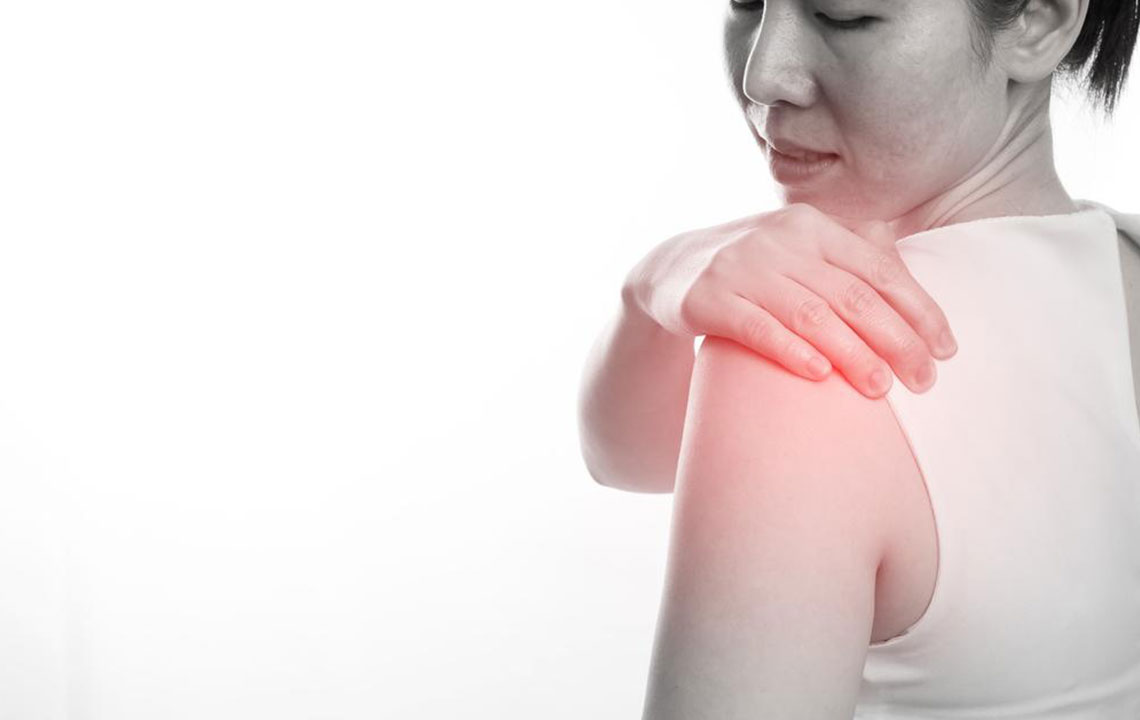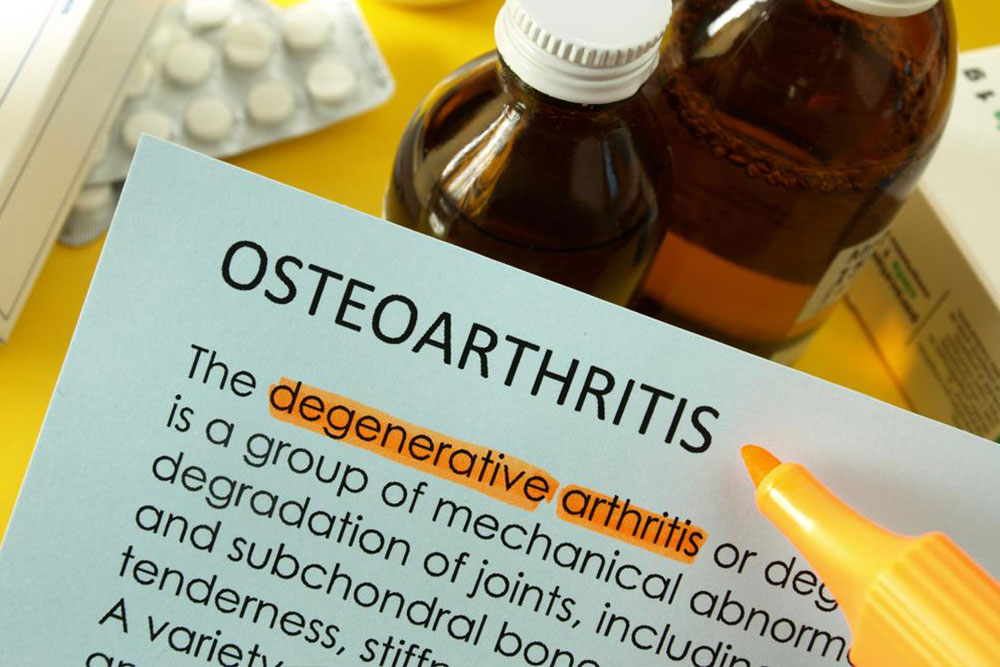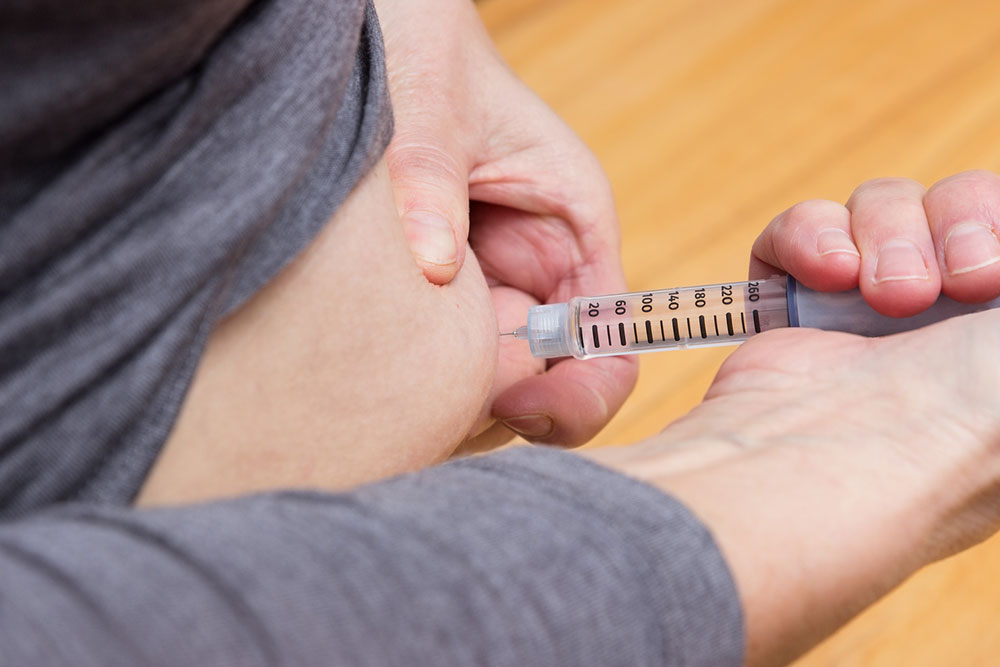Top Strategies to Alleviate Rotator Cuff Discomfort
Discover effective methods to relieve rotator cuff pain, including home remedies, physical therapy, and surgical options. Learn how early intervention and proper care can restore shoulder health and prevent complications. Ideal for athletes, workers, and aging individuals experiencing shoulder discomfort.

Top Strategies to Alleviate Rotator Cuff Discomfort
The shoulder joint is stabilized by a group of muscles and tendons known as the rotator cuff, essential for keeping the upper arm bone securely in place. Injury to this area can cause significant pain and, if untreated, may worsen over time. Immediate attention to rotator cuff injuries is crucial, as neglect can lead to the need for surgical intervention. Mild injuries can often be managed with prompt treatment, including physical therapy and gentle exercises to improve flexibility and reduce discomfort. Severe tears might require surgery to repair or replace damaged tissues.
Typically affected by repetitive heavy activities such as sports, manual labor involving lifting, carpentry, painting, or basketball, the risk of rotator cuff injuries increases with age. Symptoms include intense shoulder pain that fluctuates, difficulty moving the arm, and disturbed sleep when lying on the affected side. Inability to perform daily tasks like turning on lights or brushing hair is also common.
If shoulder pain persists or worsens after injury, consulting a healthcare professional is essential. Diagnostic procedures like ultrasound, X-rays, or MRI scans help determine the severity. For minor injuries, anti-inflammatory medications and home remedies suffice. Severe cases may require steroid injections or surgery to restore shoulder function. Effective home treatments include applying ice packs, performing safe exercises with professional guidance, avoiding strenuous movements during healing, and exploring natural therapies like acupuncture, which promotes improved blood flow and accelerates recovery.
Adhering to these strategies can help in faster recovery, minimize pain, and prevent further shoulder damage.










